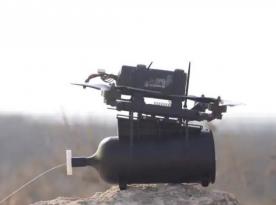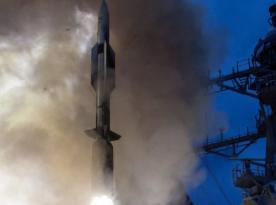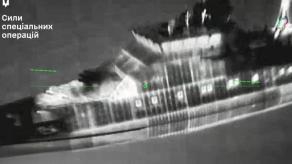Lockheed Martin has announced a partnership and a $50 million investment in Saildrone, the company that builds uncrewed, sail-powered maritime reconnaissance and surveillance vehicles.
The stated goal of the collaboration is to arm these uncrewed surface vehicles with truly lethal weapons. Saildrone platforms are planned to receive a JAGM Quad Launcher carrying four AGM-179 JAGM guided missiles, with the first demonstration live-firings scheduled for 2026.
Read more: U.S. Navy Set to Seal Massive Deal for 15 Nuclear Submarines Worth 10 of Billions Aiming to Boost its Underwater Dominance
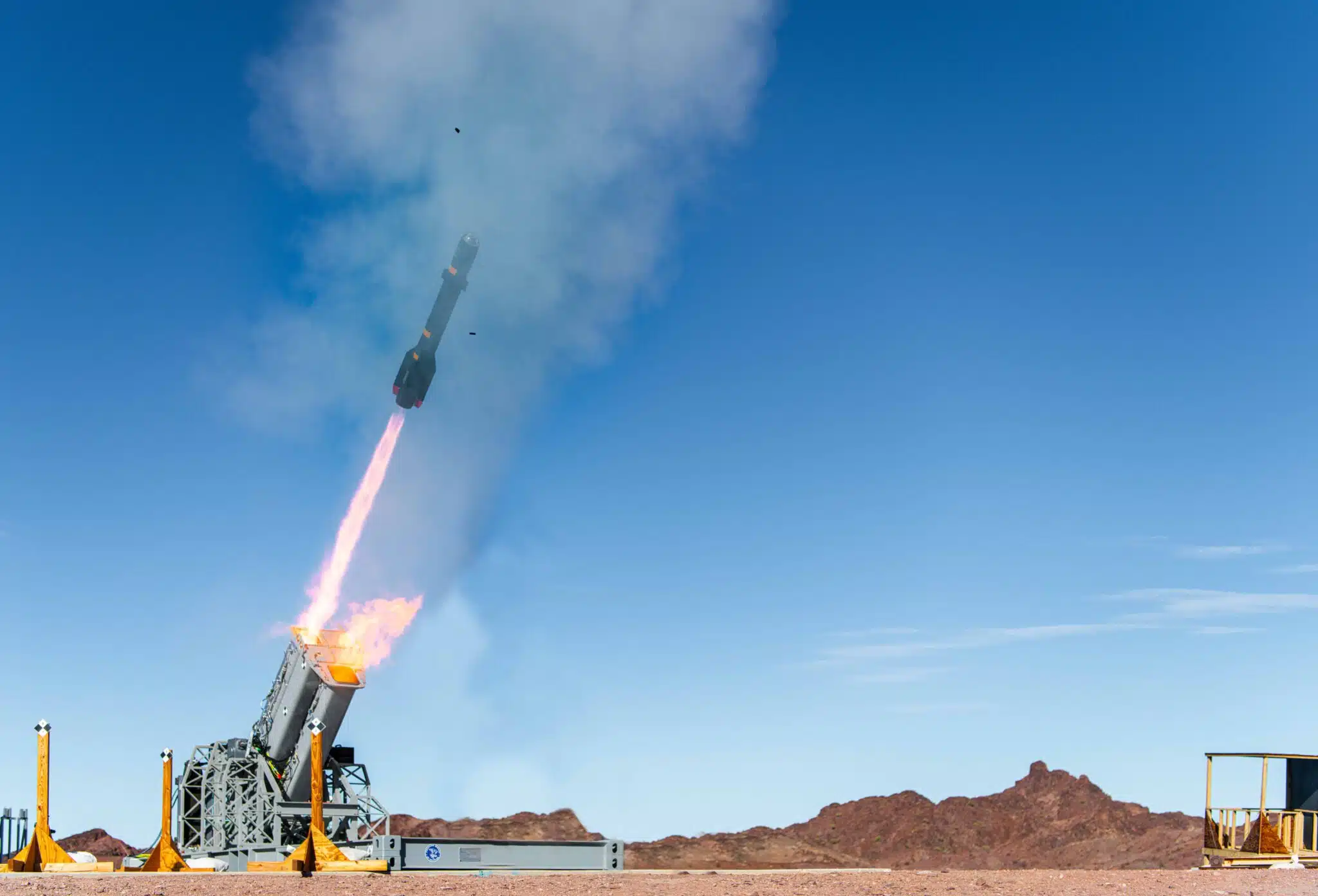
In addition, larger Saildrone variants are slated to get vertical launch cells Mk70 modules housing four Mk 41 cells for missiles such as Tomahawk, SM-2, SM-3, SM-6, Sea Sparrow/ESSM and ASROC.
This all looks particularly striking against the backdrop of iranian attempts to seize Saildrones in the Persian Gulf. On the night of 29–30 August 2022, the IRGCN support ship Shahid Baziar quietly approached a Saildrone, snagged its towlines and began dragging it toward iranian territorial waters.
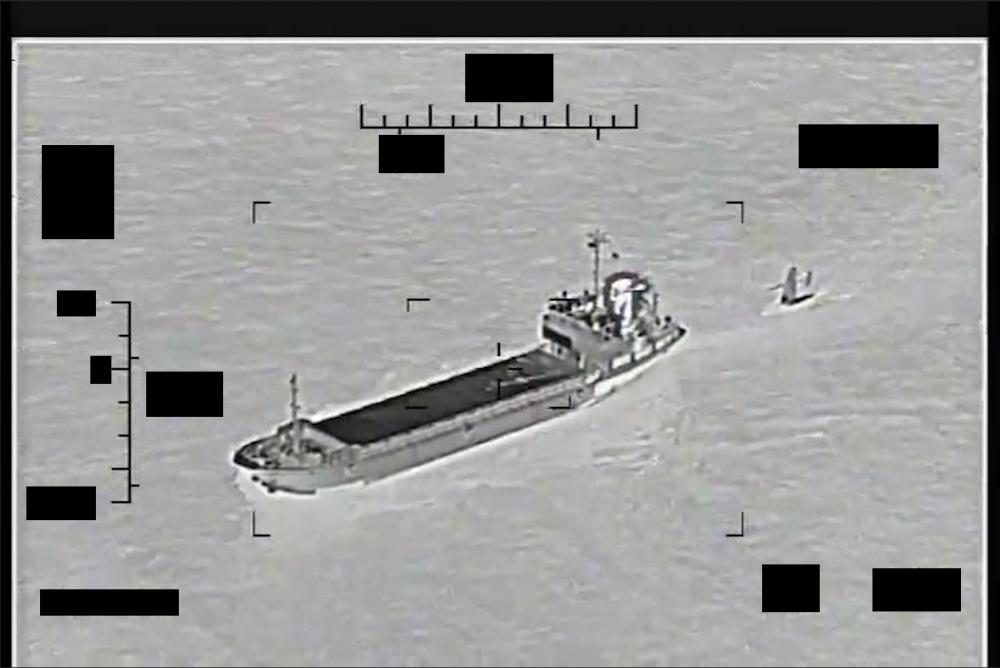
The uncrewed vessel was rescued thanks to the intervention of a U.S. Coast Guard patrol ship, forcing the Iranians to cut loose and depart.
That, however, was not the end of the story. On 1 September, in the Red Sea, the iranian warship Jamaran brazenly seized two more Saildrones and hoisted them aboard. U.S. destroyers USS Nitze (DDG-94) and USS Delbert D. Black (DDG-119) were dispatched, and by 0400 on 2 September the uncrewed vessels were released.
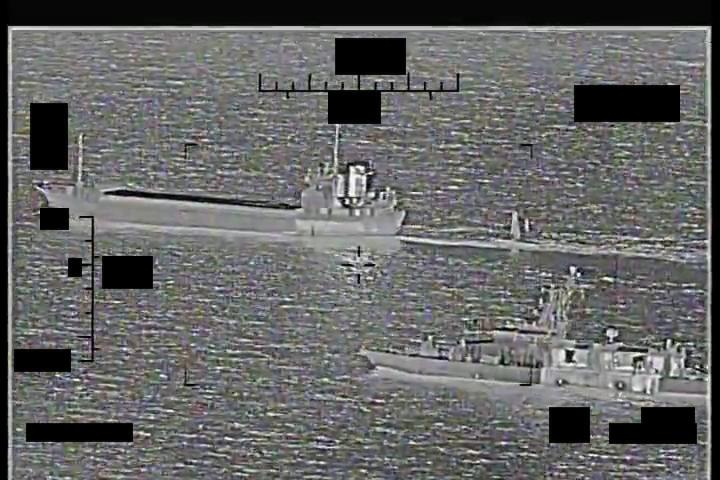
Saildrone currently comes in three variants. Iran attempted to seize the smallest, the Saildrone Explorer, which is only 7 meters long and has no engine. The mid-size Saildrone Voyager measures 10 meters and includes an auxiliary engine. The largest, the Saildrone Surveyor the platform planned to carry JAGM is 22 meters long and also has an engine. It appears an even larger model is being developed that would host Mk70 cells.
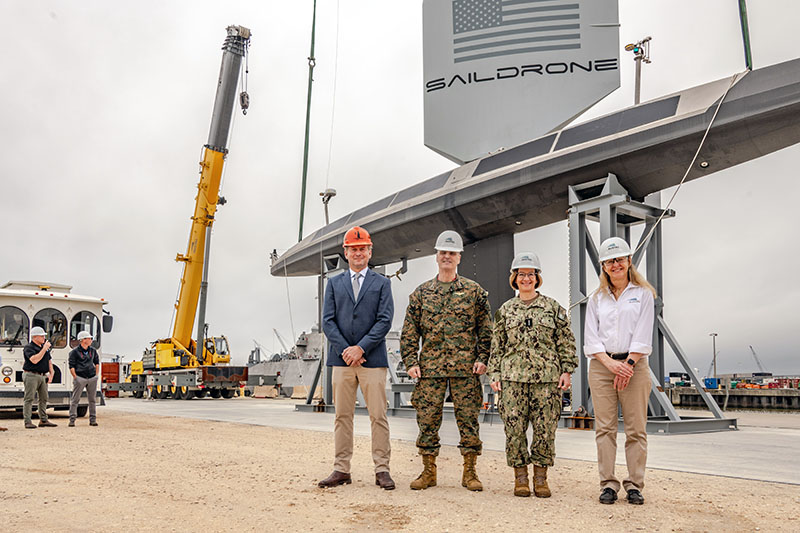
One reason the iranians succeeded in taking the Explorer is its low speed: it is wind-propelled and tops out at about 3 knots (≈5.6 km/h). However, thanks to the sail and solar panels the Explorer can remain on station autonomously for up to a year. The larger, engine-equipped variants can only reach roughly 6 knots (≈11 km/h), still far slower than almost any conventional vessel. That slow speed is likely one motivation for arming the drones to deter or prevent future capture attempts.

That said, this remains speculative: officials have not explicitly stated that the weapons are intended for self-defense. The announced capability is framed as an offensive strike option. Given the Saildrones' low speed, their utility as self-defense platforms is questionable; at best they might serve as launch platforms for long-range weapons like Tomahawk but even that raises questions, since other unmanned platforms could arguably perform that role more effectively.
Read more: Ukraine's Phoenix Unit Break Record: Over 200 russian Drones Downed (Video)





